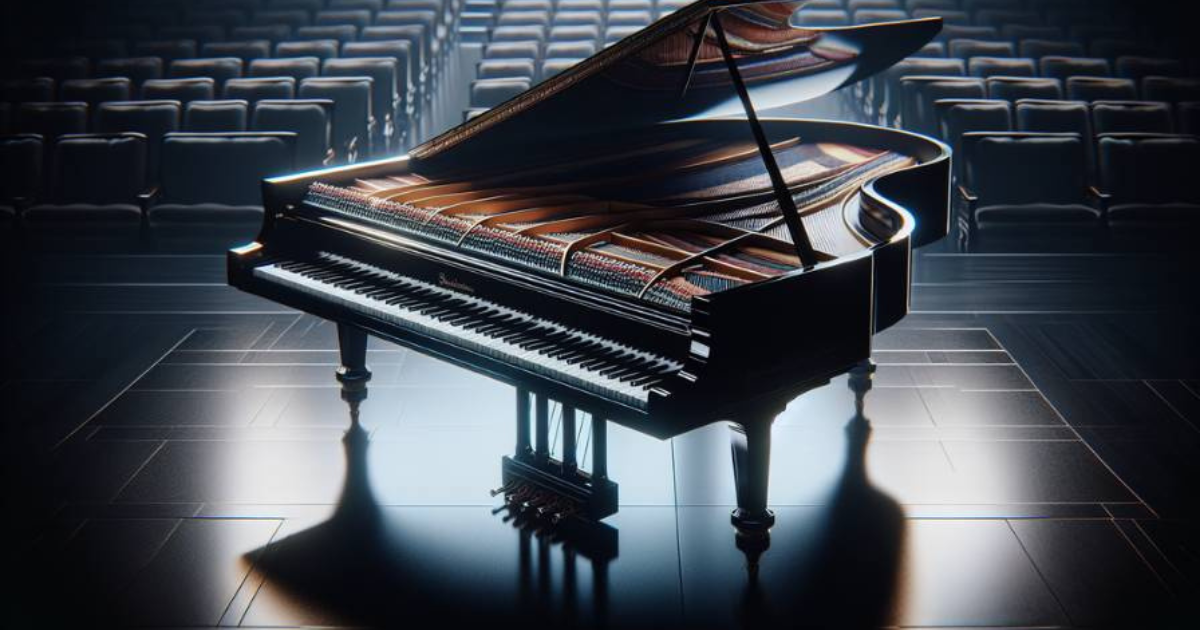Whether you’re learning to play or simply curious about pianos, understanding the number of keys is an essential part of piano knowledge. Piano keys determine the instrument’s range and directly influence how music is played. Here, we’ll look at the standard number of keys on different types of pianos and how variations in key count affect the sound and playability.
Standard Key Count: The 88-Key Piano
The most common number of keys on a modern piano is 88 keys. This includes 52 white keys and 36 black keys in a layout that spans seven octaves plus a minor third, from A0 to C8. Steinway introduced the 88-key format in the late 19th century, and it quickly became the standard for most pianos.
Why 88 Keys?
The 88-key design became popular as it provides a balance of high and low pitches while remaining manageable in size. It enables pianists to play a wide range of music, from the deep bass in Beethoven symphonies to the bright, high pitches in jazz pieces. The range of 88 keys suits the requirements of both classical and contemporary music.
Other Key Variations in Pianos
While 88 keys are standard today, not all pianos adhere to this count. Here’s a look at some variations:
- Upright Pianos (73 to 85 Keys)
Some smaller upright pianos and vintage models have fewer keys. Upright pianos are designed to save space and can have between 73 and 85 keys. This reduction doesn’t limit many pieces, but it does slightly restrict the range available to the pianist. - Digital Keyboards and Synthesizers (25 to 88 Keys)
Digital keyboards and synthesizers vary widely. Compact versions may have as few as 25 keys, catering to portability, while full-sized models offer the complete 88-key range. Intermediate sizes like 61 or 76 keys are also common for practice and performance. - Extended Range Pianos (97 Keys)
Some specialty pianos, such as the Bösendorfer Imperial Grand, have 97 keys, adding extra bass notes to extend the range further. These additional notes provide deeper resonance and are used mainly in specific classical compositions or experimental music.
How the Key Count Impacts Playing
- Musical Range
With more keys, a pianist can play a broader range of notes. This is especially useful for complex pieces that require high and low registers. - Versatility
Fewer keys can limit a pianist’s ability to play certain pieces fully. For beginner learners or practice, fewer keys might suffice, but an 88-key layout allows for more versatility. - Portability
Smaller, lightweight pianos or keyboards with fewer keys are easier to transport. This makes them popular among students and traveling musicians.
Which Piano is Best for You?
- Beginners may benefit from starting with a 61 or 76-key keyboard, as these are sufficient for learning basic music and are usually more affordable.
- Intermediate and Advanced Musicians will find an 88-key piano essential for a full range of pieces, especially classical and contemporary music.
- Professional Pianists and Concert Settings benefit from extended-range pianos like the Bösendorfer for specialized compositions and richer sound.





